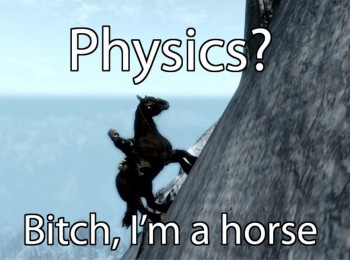andy2 wrote:http://s730.photobucket.com/albums/ww301/andy2-photos/?action=view¤t=bb-movie1.mp4" onclick="window.open(this.href);return false;
Above is a link to an illustration of a load case of our frame with an overly soft layup for illustration. Here it is loaded 100 kg applied at the drive side pedal.
We are using Altair Hyper Works FEA, with is the leading industry analysis tool as used by MacLaren and others.
You are viewing the frame from the rear nds. The flex is magnified, again for illustration, but the impact is clear. The frame will flex in a manner that will not be contained or harvested by the drivetrain, resulting in forward propulsion. The work done flexing the carbon spring/frame is essentially lost and dissipated through heat in the engine/pilot/cyclist. If we could harvest this flex in the manner of a trampoline or bow as suggested by some we would have an instant ban by the UCI on our hands...
The other effect that is clear from the illustration is how the rear wheel will 'crab' under load. This is akin to the crabbing of an airplane and is of course resulting in a loss of efficiency.
To infuse the discussion with a measure of rocket surgery: Rockets are fired straight up for this very reason.
/a
So, let me get this straight. You've got the frame flexing back and forth in this model, and thus by observation you now feel you've proven your hypothesis. Sorry, but this doesn't add anything at all to the discussion. If there rear wheel "crabbed" as you said, flexible frames would be skidding across the road, you'd wear out your tires, and the effect would be easily felt. And the tire, road interface is being completely ignored here.
Tanhalt, please take over!








